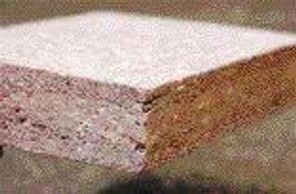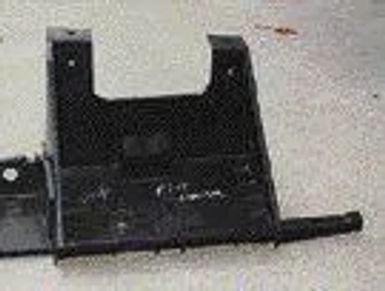Featherfiber Sample Uses
Construction
Construction
Construction

This is a low-density termite-proof sample of a composite material made by the U.S. Department of Agriculture for the construction industry. It’s suitable for manufacturing 2-by-4s and floor joists.
By weight, the sample is 20 percent chopped feather quill and 80 percent recycled polystyrene.
Marine
Construction
Construction

This is a low-density Featherfiber ® composite board sample made for the building, boating and recreational-vehicle industries. The core is chopped feather quill. The skin is a thin layer of spun Fiberglass, and the bonding agent is a closed-cell form of urethane.
Green Energy
Construction
Green Energy

This composite material was manufactured using a wet-laid process by the Virginia Polytechnic Institute. Typical applications would be lightweight headliners, door panels and trim parts for automobiles.
By weight, the sample is 30 percent Featherfiber®, 30 percent reclaimed wood pulp and 40 percent polypropylene.
Aviation
Green Energy

This sample is a 2-inch-thick mat form of Featherfiber ® created using an air-laid process. The thickness could be varied for insulation material, a sound-deadening barrier of core-reinforcing material for an injection-molded product.
By weight, the sample is 85 percent Featherfiber ®
and 15 percent
bicomponent bonding
Marine

The sample at the top of the photo is a compressed version of the two materials beneath it. Made by Featherfiber ® Corp. and MTS using an air-laid process, the two materials are molded together
with heat and pressure to make the sandy-colored composite that could be used for interior car paneling.
The core is 85 percent Featherfiber ® and 15 percent bicomponent bonding fibers. Outer surfaces are polypropylene fibers.
Automotive

This battery mount for a full-size pickup is made of a composite material integrated with Featherfiber ®.
By weight, the prototype is 20 percent Featherfiber ®
and 80 percent polypropylene. .
Copyright © 2025 Featherfiber - All Rights Reserved.
